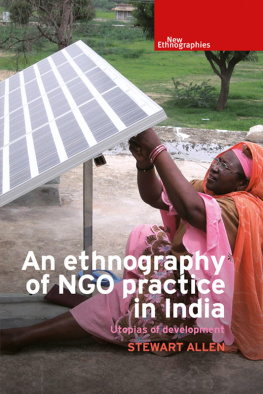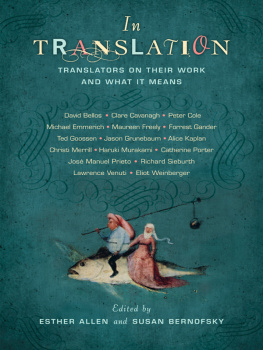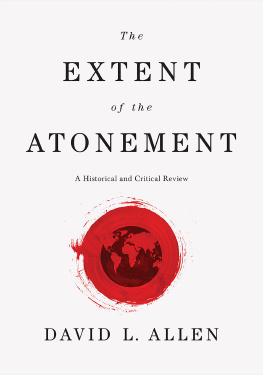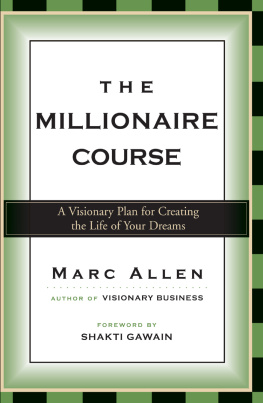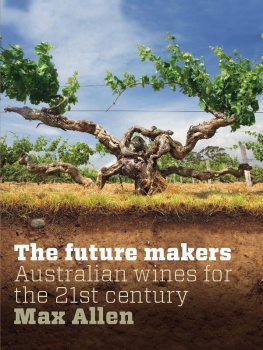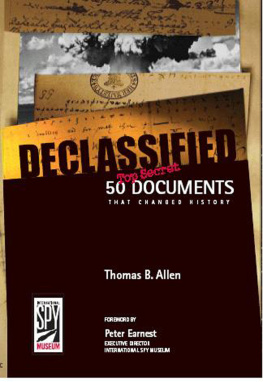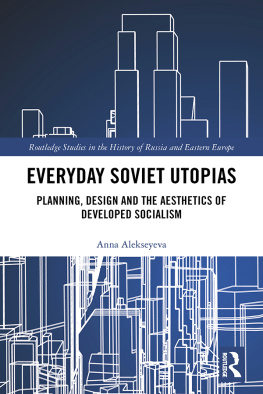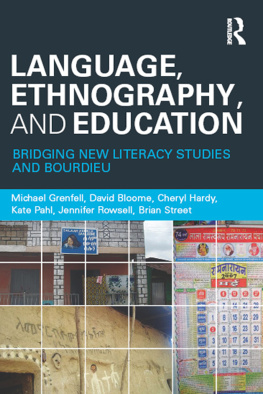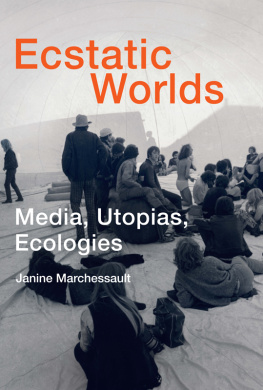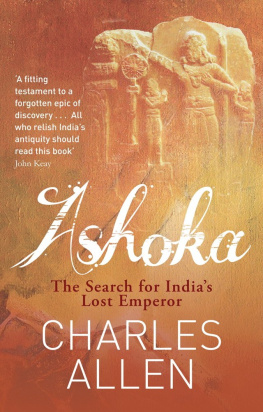Allen - An ethnography of NGO practice in India : utopias of development
Here you can read online Allen - An ethnography of NGO practice in India : utopias of development full text of the book (entire story) in english for free. Download pdf and epub, get meaning, cover and reviews about this ebook. City: Rajasthan., year: 2018, publisher: Manchester University Press, genre: Politics. Description of the work, (preface) as well as reviews are available. Best literature library LitArk.com created for fans of good reading and offers a wide selection of genres:
Romance novel
Science fiction
Adventure
Detective
Science
History
Home and family
Prose
Art
Politics
Computer
Non-fiction
Religion
Business
Children
Humor
Choose a favorite category and find really read worthwhile books. Enjoy immersion in the world of imagination, feel the emotions of the characters or learn something new for yourself, make an fascinating discovery.
An ethnography of NGO practice in India : utopias of development: summary, description and annotation
We offer to read an annotation, description, summary or preface (depends on what the author of the book "An ethnography of NGO practice in India : utopias of development" wrote himself). If you haven't found the necessary information about the book — write in the comments, we will try to find it.
Allen: author's other books
Who wrote An ethnography of NGO practice in India : utopias of development? Find out the surname, the name of the author of the book and a list of all author's works by series.
An ethnography of NGO practice in India : utopias of development — read online for free the complete book (whole text) full work
Below is the text of the book, divided by pages. System saving the place of the last page read, allows you to conveniently read the book "An ethnography of NGO practice in India : utopias of development" online for free, without having to search again every time where you left off. Put a bookmark, and you can go to the page where you finished reading at any time.
Font size:
Interval:
Bookmark:
Strands of history
Please understand, Your Excellency, that India is two countries in one: an India of Light, and an India of Darkness. The ocean brings light to my country. Every place on the map of India near the ocean is well off. But the river brings darkness to Indiathe black river.
Arvind Adiga, The White Tiger, 2008
), Arvind Adiga's award winning novel of modern-day India and its rise as a world power, the protagonist, Balram, describes an India of binary opposites: one of progress, enlightenment and renewal represented by the light of the urban spaces; the other of backwardness, superstition and want represented by the darkness of the rural areas. These contrasting symbolic worlds have played a pervasive role throughout India's development in the twentieth and early twenty-first centuries.
). By 2030 it is further estimated that India will have sixty-eight cities with more than one million inhabitants, thirteen cities with more than four million inhabitants and six megacities with populations of ten million or more. The cities are the engines of economic growth and the hubs through which India's newly emerging globalised elite reach out to the rest of the world.
) notes, the idea of the village has continued to persist in the Indian imagination and has been employed by a variety of groups for different ends. The nationalist movement and, subsequently, leading political parties have invoked the village in different guises throughout the twentieth and early twenty-first centuries. It is also the village that leading politicians today often visit to demonstrate their bond and empathy with traditional India and the struggle and plight of its rural people. Gandhi is perhaps the most recognisable proponent of the Indian village, invoking it variously to critique the West and modern Western culture, and as an alternative way of living. Such commentaries have become popular with many environmental action groups and NGOs that have drawn from Gandhi's writings to propose alternative remedies to the country's social problems.
Such imaginings are highlighted through the tripartite nexus of civil society/the market/the state and the entangled ways in which these institutions dynamically constitute one another. Through an outline of pre- and post-independence practices and policies of voluntarism and community development in India, I demonstrate how the College situated itself and became enmeshed within such trajectories. Through an examination of early documents, archival materials, official reports and media releases, I chart the organisation's development and growth as its founding members urban educated doctors, teachers and engineers experimented with different approaches and struggled with rural realities. What emerges is less a picture of a design in practice, and more a series of ad hoc trials and tribulations, the outcome of which is never lastingly determined, but rather shifts and transmutes over time and circumstance.
). While their foremost goal may have been propagating Christianity, Christian missionaries were among the first organised groups to build schools, hospitals and orphanages for the uplift and benefit of the marginalised and socially excluded.
: 51) note, these new self-help philanthropic organisations increasingly acquired an anti-colonial political dimension as they became associated with social reform programmes, which in turn came to be understood as non-governmental.
: 178).
).
) notes, such groups can generally be described as providing development and empowerment programmes on the one hand, as the Gandhian organisations did, and welfare and relief efforts on the other. Gandhian groups tended to be involved in handicrafts, village industry projects and educational programmes, while religious groups were more likely to provide relief for flood and famine victims and the provision of health and nutrition programmes for the poor (ibid. 180). While religion-based groups were primarily motivated by religious philanthropy, the Gandhian groups were closely linked to the emerging policies of the new government and the establishment of new funding opportunities for development work, in particular the formation in 1953 of the Central Social Welfare Board (CSWB) for the administration of funds to these organisations (ibid.).
).
) notes that such events contributed to a move away from macro-level growth targets to those focused on the individual and meeting the needs of the identified poor. Changes in policy duly followed, the most noteworthy of which was the adoption of Green Revolution technologies as India sought to become self-sufficient in terms of food supply, improvement of nutrition and the overall health of the populace.
). This era was also notable for the implementation of new and alternative development models, most notably integrated development in the late 1960s, which sought to develop communities from a more holistic perspective, focusing not only on economic initiatives but also on health, education and the environment. The independence of Bangladesh in 1971 also led to tremendous upheaval, prompting many young people to become involved in social and voluntary work. A growing student movement from 1967 to 1969 was given impetus by the National Service Scheme (NSS), which was launched in 1969 and provided support to newly graduated students wishing to work on a voluntary basis to help the poorer sections of society. It was against this background of political and social upheaval, a questioning of the old order and student activism, that the Barefoot College was born. As shown in the next section, many of the graduate professionals who grew up and lived through this period subsequently set up their own voluntary organisations as they attempted to channel the energy and idealism of the age.
If we are to trace the beginnings of the Barefoot College, we must look not to the dry and impoverished hinterlands of Rajasthan, but rather to the green and affluent surroundings of St Stephen's College, New Delhi. It was here in perhaps India's most famous higher education institution that the founder of the Barefoot College, Sanjit Bunker Roy (henceforth Bunker), formed many of the relationships that were to sustain his vision of an integrated and professionalised rural development organisation with the aim of melding urban expertise with traditional rural know-how.
squash champion three times. In the years that followed, Bunker would work for various social relief agencies: the Catholic Relief Service (CRS) from 1967 to 1968, followed by work on a water development programme in Ajmer District from 1968 to 1971. He has subsequently stated that it was during these formative years that he saw first-hand not only the poverty and hardship of the rural people but also their dignity and perseverance in the face of social and environmental ruin. This convinced him to set up a community-based rural development organisation.
with work beginning in the field in November 1972 with a two-year ground water survey of the surrounding area. Bunker has stated now, as then, that this new venture was from the start experimental in nature and broke with the conventions of development work in India, which was primarily voluntary, by attempting to professionalise rural development practice. Such exhortations, however, were far from new; indeed, they reflected general trends in the development community at this time.
: 56) notes, in modern times, Seva is increasingly being directed towards the service of humanity, or the nation, rather than merely gurus and deities, in particular through the service of voluntarism.
Font size:
Interval:
Bookmark:
Similar books «An ethnography of NGO practice in India : utopias of development»
Look at similar books to An ethnography of NGO practice in India : utopias of development. We have selected literature similar in name and meaning in the hope of providing readers with more options to find new, interesting, not yet read works.
Discussion, reviews of the book An ethnography of NGO practice in India : utopias of development and just readers' own opinions. Leave your comments, write what you think about the work, its meaning or the main characters. Specify what exactly you liked and what you didn't like, and why you think so.

